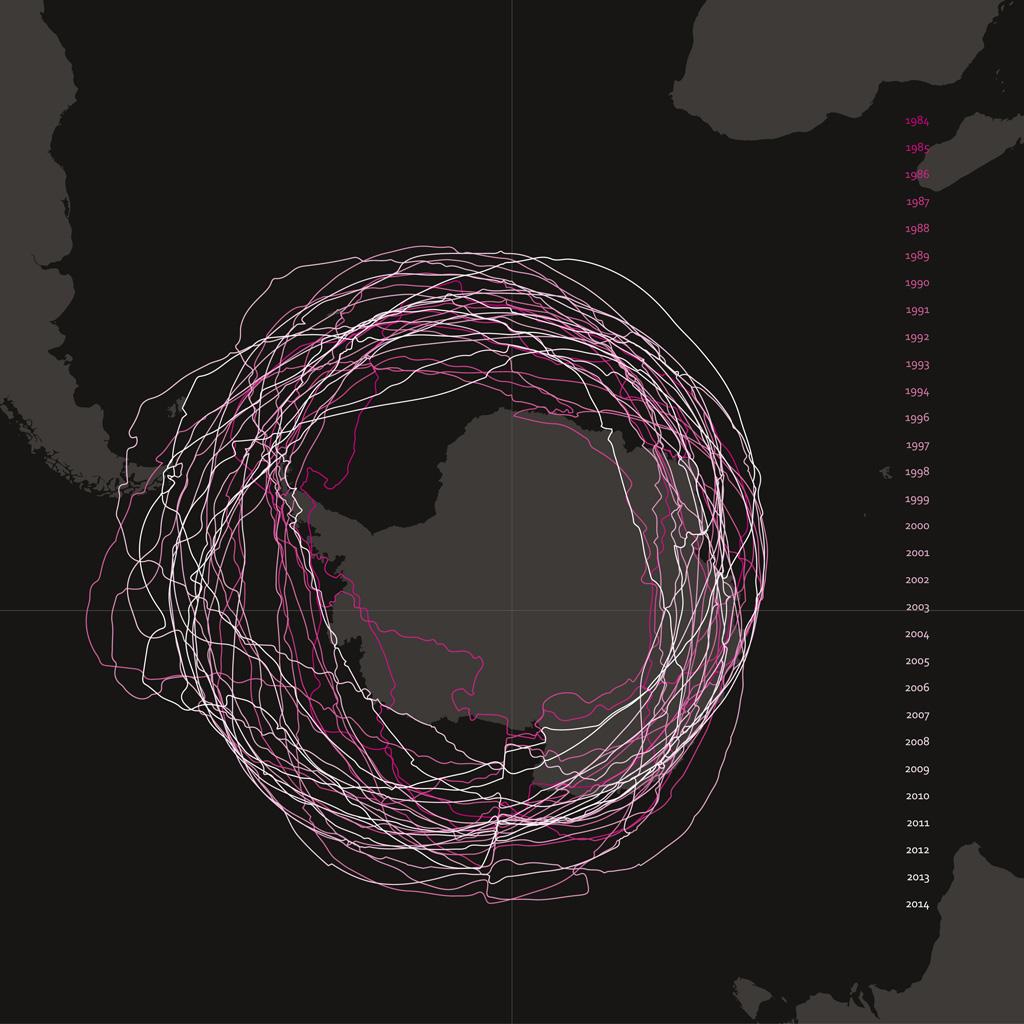
Submitted by Administrator on Thu, 14/05/2015 - 10:59
This week British Antarctic Survey (BAS) commemorates the 30th anniversary of the ozone hole.
In May 1985 reporting in Nature, Joe Farman, Brian Gardiner and Jonathan Shanklin described their observations of large losses of ozone over Antarctica.
The discovery of the ozone hole alerted the world to the dramatic and major environmental threat. The accumulation of chlorofluorocarbons (CFCs) used in refrigeration and air conditioning systems, and industrial solvents were found to deplete the protective layer of ozone that surrounds the Earth. Action by governments around the world led to the 1987 Montreal Protocol and its amendments, which ensured that production and consumption of CFCs, halons and carbon tetrachloride were phased out by 2000, and methyl chloroform by 2005. All members of the United Nations have now signed the Montreal Protocol. Today, scientists predict that Antarctic ozone levels will return to their 1950s levels by about 2080.

